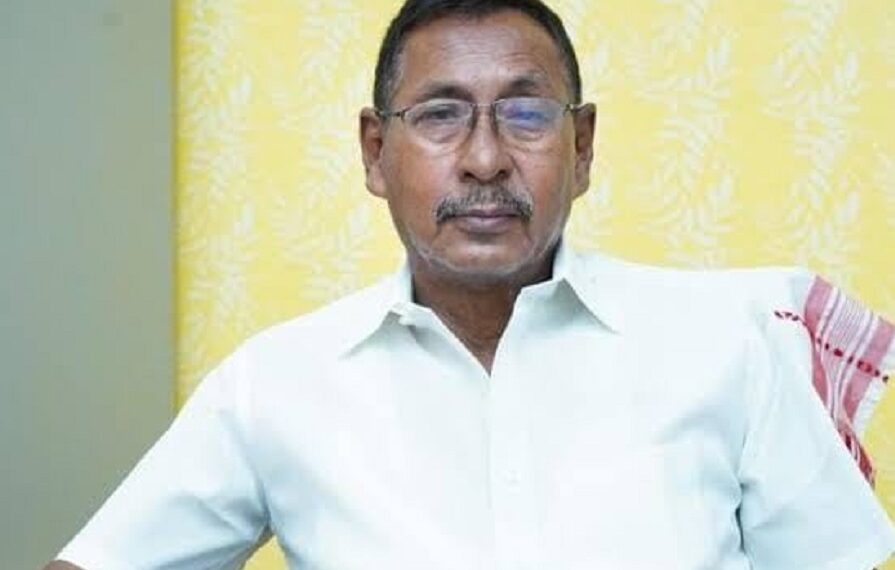GUWAHATI: Bharatiya Janata Party (BJP) leader from Assam Rajen Gohain has travelled to New Delhi on August 20, as he gears up for a crucial meeting with Home Minister Amit Shah on August 21. This highly anticipated meeting is in the wake of Gohain’s recent departure from his cabinet post, a move sparked by his deep-seated concerns and public statements on electoral integrity.
Rajen Gohain’s resignation, which officially came into effect on August 18, has set off ripples in the state’s political arena. His decision to step down is intrinsically linked to his principled stand against what he perceives as electoral manipulation, fuelled by boundary adjustments.
Central to his contention is his conviction that these alterations have been orchestrated to favour specific candidates, with a strong emphasis on the alleged leveraging of the Nagaon seat for Badruddin Ajmal. For Gohain, this apparent tilt in the electoral balance undermines the very essence of democratic values.
The outlines of Gohain’s discontent have taken shape through his pointed inquiries aimed at Chief Minister Himanta Biswa Sarma. Echoing the sentiments that drive his concerns, Gohain has been vocal in demanding transparency about the decision-making process regarding the allocation of the Nagaon constituency.
With a directness that captures his unwavering stance, he has probed, “Why was the seat offered to Badruddin Ajmal?” In placing his concerns squarely at the doorstep of the Chief Minister’s office, Gohain asserts that the delimitation process overseen by Sarma has paved the path for Ajmal’s AIUDF party.
A seasoned presence in Assam’s political theatre, Gohain’s influence spans decades, making his current stance a matter of great significance. With his steadfast representation of the Nagaon constituency since 1999, Gohain secured victories across four consecutive terms, a feat that underscored his connect with the electorate.
However, the political landscape took an unexpected turn in 2019 when Gohain found himself denied the party ticket, prompting questions about the intricate dynamics within the party fold and regional political trajectories.















